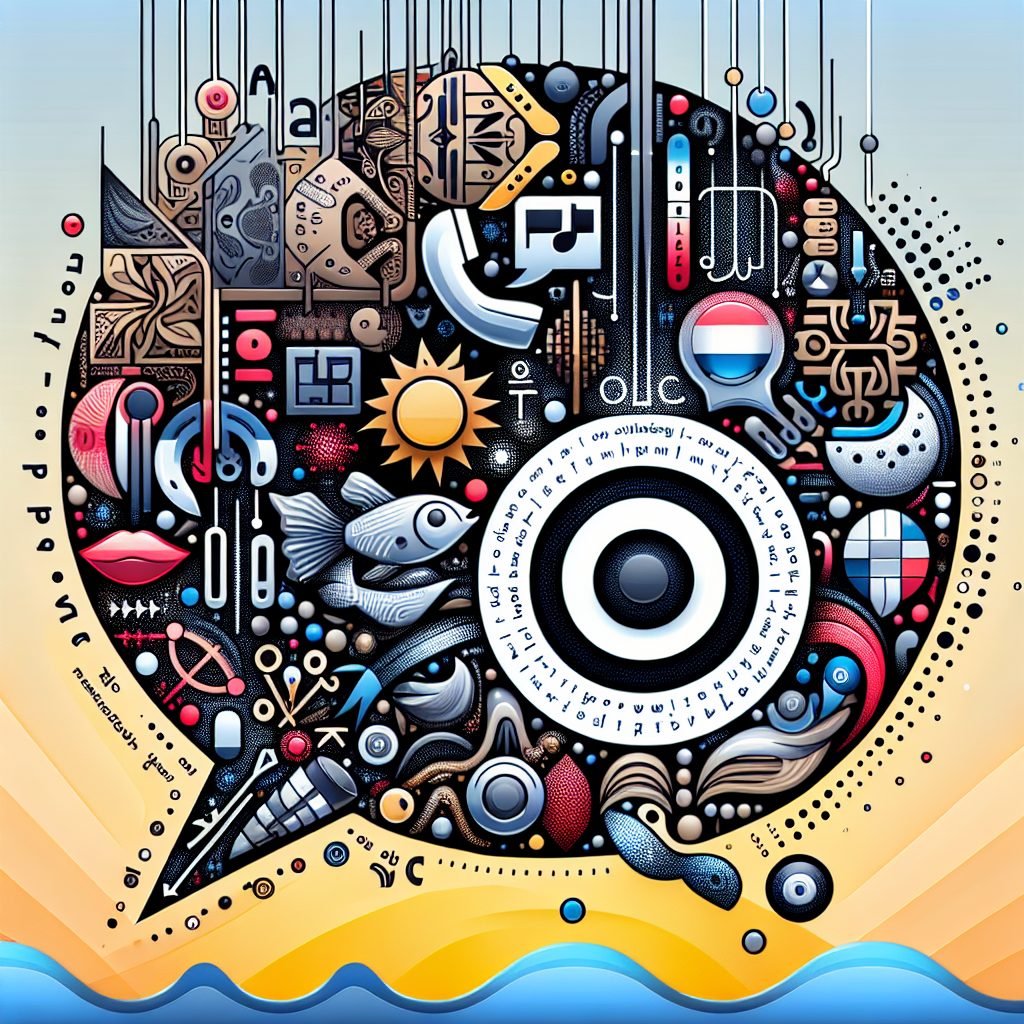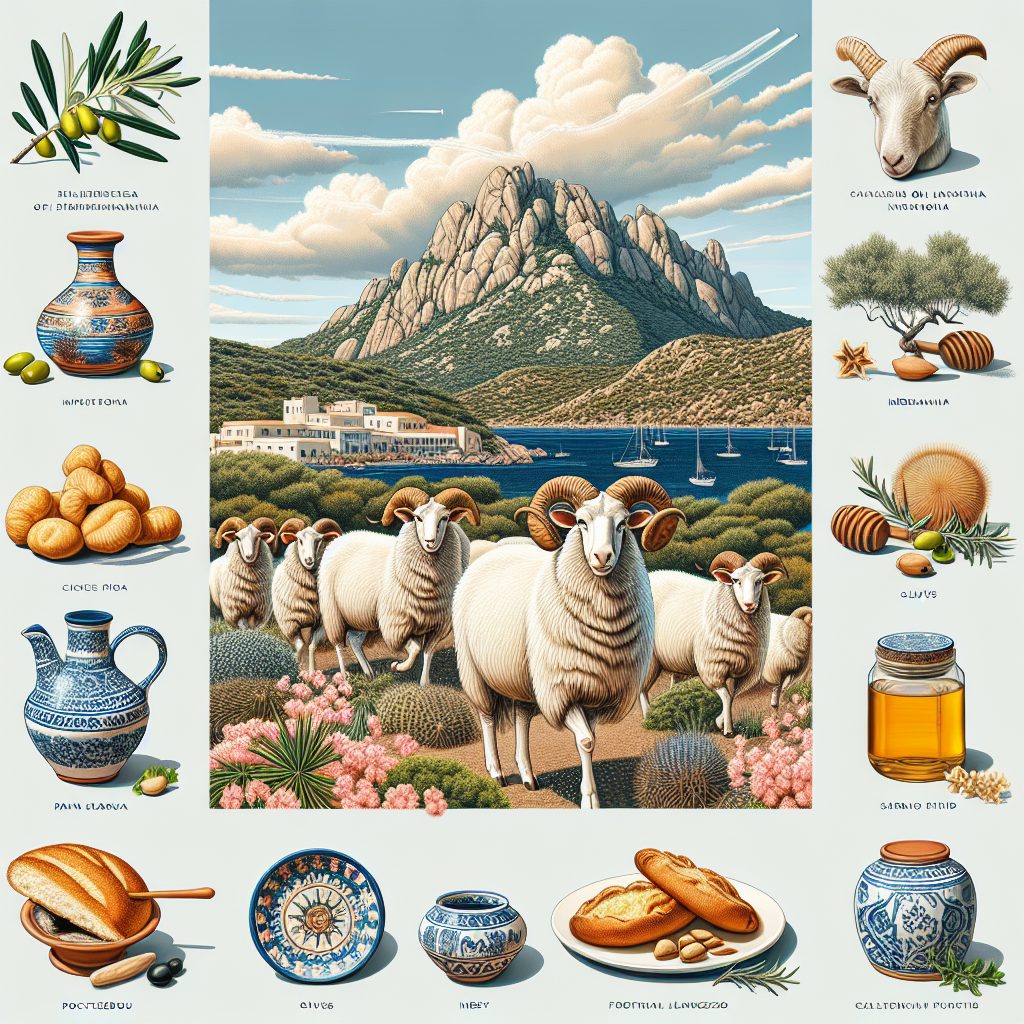Sardinian linguistic features encompass the rich and distinct characteristics of the Sardinian language, a Romance language spoken primarily in the Italian island of Sardinia. With its unique history and geographical isolation, the Sardinian language has evolved in remarkable ways, setting it apart from other Romance languages. One fascinating aspect of Sardinian is its abundance of Latin loanwords that have retained their original pronunciation, giving linguists and historians valuable insights into the linguistic landscape of the ancient Roman Empire.
In addition to its lexical peculiarities, Sardinian exhibits notable phonetic and grammatical particularities. One striking feature is the presence of multiple word orders, allowing for flexibility in expressing different nuances and emphasizing various elements within a sentence. Moreover, the language possesses a complex system of unstressed vowel reduction, where certain vowels undergo changes in quality and quantity depending on their position within a word. These linguistic intricacies contribute to the distinctiveness of Sardinian, showcasing its resilience and uniqueness throughout its evolution.
As we delve deeper into the world of Sardinian linguistic features, we will explore the historical influences and cultural significance that have shaped the language. We will examine the linguistic similarities and differences between Sardinian and other Romance languages, shedding light on the roots and origins of this ancient language. Furthermore, we will unravel the impact of Sardinian linguistic features on the island’s identity, as well as its implications for language preservation efforts. Join us as we navigate through the fascinating linguistic landscape of Sardinia and unveil the key takeaways that make Sardinian truly one-of-a-kind.
Key Takeaways
1. Sardinian, a Romance language spoken on the Italian island of Sardinia, exhibits unique linguistic features that set it apart from other Romance languages.
2. The phonetics and phonology of Sardinian show distinctive characteristics, such as the preservation of initial /f/ from Latin and the development of different vowel systems in various dialects.
3. Morphologically, Sardinian displays a rich inflectional system with noun declensions and verb conjugations that differ from standard Italian and other Romance languages.
4. Syntactically, Sardinian exhibits features like verb-subject-object word order, pre-verbal clitics, and the presence of double negation, which distinguish it from other Romance languages.
5. Despite the usage of Italian as the dominant and official language in Sardinia, there is a growing interest in preserving and revitalizing the Sardinian language, leading to efforts in education, media, and cultural initiatives.
What are the Key Linguistic Features of Sardinian?
The Isolated Language from Ancient Roots
Sardinian, a Romance language spoken on the Italian island of Sardinia, stands out as a unique and isolated linguistic phenomenon. With its origins traced back to Vulgar Latin, it has evolved into a distinct linguistic system. This section explores the fascinating linguistic features that characterize Sardinian.
Phonological Peculiarities
Sardinian displays several distinctive phonological features. One notable trait is the presence of five vowel phonemes, including a high-central vowel /ɨ/ absent in most Romance languages. Additionally, Sardinian exhibits a consonant phoneme inventory that differentiates it from other Romance languages.
Morphological Complexity
In terms of morphology, Sardinian exhibits considerable complexity. It features a rich inflectional system, characterized by the presence of multiple noun and verb inflectional endings. Gender agreement is extensively marked in nouns, along with complex verbal conjugation patterns. This section delves deeper into the intricacies of Sardinian morphology.
The Pragmatics of Diglossia
Sardinian has been influenced by diglossia, a social phenomenon where two or more language varieties are used in specific contexts. This language contact has resulted in unique pragmatic features within the Sardinian-speaking community. The article explores the effects of diglossia on the language and its linguistic consequences.
Lexical Features Reflecting Cultural Heritage
Sardinian boasts a lexical inventory influenced by various historical and cultural factors. Its lexicon includes loanwords from ancient Mediterranean civilizations, such as Phoenician and Carthaginian, as well as Spanish, Catalan, and Italian. Exploring the lexico-cultural richness of Sardinian contributes to understanding the island’s history and influences.
The Preservation of Archaisms
As an isolated language, Sardinian has remarkable archaic features that have been preserved throughout the centuries. This section highlights these linguistic relics, revealing the valuable insights they provide into the linguistic history of Italy and the broader Romance language family.
Numbered Guides or Tips: How to Appreciate the Linguistic Beauty of Sardinian?
1. Immerse yourself in Sardinian literature or music to grasp the unique linguistic aspects it offers.
2. Engage with native speakers or language enthusiasts to learn more about the language’s intricacies.
3. Attend cultural events or festivals in Sardinia to experience the language used in various social contexts.
4. Explore the distinctive vocabulary and expressions to better understand the island’s rich cultural heritage.
5. Consider learning Sardinian or exploring its linguistic features as a thrilling linguistic adventure.
Frequently Asked Questions
1. What is Sardinian?
Sardinian is a Romance language spoken by the inhabitants of Sardinia, the second-largest island in the Mediterranean.
2. Is Sardinian widely spoken?
While Sardinian is spoken by a significant number of people on the island, its usage has declined over the years due to the increasing prevalence of Italian.
3. How different is Sardinian from Italian?
Sardinian is considered to be the closest living language to Latin and has its own unique linguistic features. However, it shares similarities with Italian and other Romance languages.
4. Can non-Sardinian speakers understand Sardinian?
Non-Sardinian speakers may find it challenging to understand spoken or written Sardinian because of its distinct vocabulary and grammar. However, some similarities with Italian and other Romance languages may enable a basic level of comprehension for those familiar with them.
5. Are there different dialects of Sardinian?
Yes, Sardinian is divided into various dialects based on the region of the island. The dialects exhibit differences in vocabulary, pronunciation, and grammar.
6. Is Sardinian a recognized language?
While Sardinian does not have official status on a national level, it is recognized as a minority language by the Italian government and the European Union.
7. Is Sardinian taught in schools?
Sardinian is taught in some schools on the island, but the extent of its inclusion in the curriculum varies. Efforts are being made to preserve and promote the language through educational initiatives.
8. What are some unique linguistic features of Sardinian?
Sardinian displays phonetic and grammatical features that are distinct from other Romance languages, such as the usage of guttural sounds and the development of its own specific verb forms.
9. Can learning Sardinian benefit me?
Learning Sardinian can provide a deeper understanding of the island’s culture and history. It can also facilitate communication with the local population and enhance your overall linguistic skills.
10. Are there resources available for learning Sardinian?
Yes, there are resources available, including textbooks, online courses, and language exchange programs, that can help you learn Sardinian at varying proficiency levels.
Final Thoughts: Exploring Sardinian Linguistic Features
Studying the linguistic features of Sardinian not only offers insight into the unique heritage of the island but also sheds light on the broader evolution of Romance languages. The distinct characteristics of Sardinian serve as a testament to the rich linguistic diversity the world has to offer.
Preserving and promoting Sardinian as a living language is vital for maintaining the cultural identity of Sardinia and the linguistic heritage of its people. Whether out of academic curiosity or personal interest, delving into the linguistic intricacies of Sardinian is an enriching journey that unveils the fascinating tapestry of human communication.






